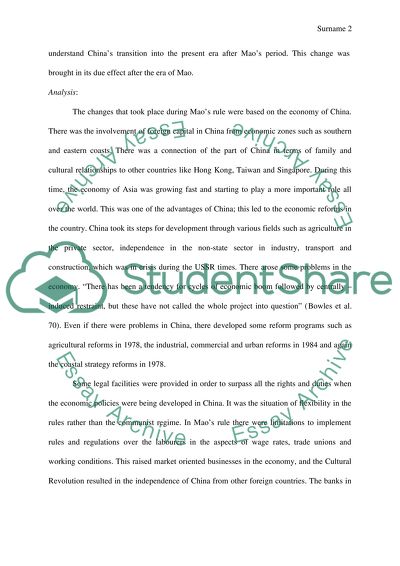Cite this document
(“Did the history of the People's Republic after the 1949 fulfil or Essay”, n.d.)
Did the history of the People's Republic after the 1949 fulfil or Essay. Retrieved from https://studentshare.org/history/1471139-did-the-history-of-the-peopleyies-republic-after
Did the history of the People's Republic after the 1949 fulfil or Essay. Retrieved from https://studentshare.org/history/1471139-did-the-history-of-the-peopleyies-republic-after
(Did the History of the People'S Republic After the 1949 Fulfil or Essay)
Did the History of the People'S Republic After the 1949 Fulfil or Essay. https://studentshare.org/history/1471139-did-the-history-of-the-peopleyies-republic-after.
Did the History of the People'S Republic After the 1949 Fulfil or Essay. https://studentshare.org/history/1471139-did-the-history-of-the-peopleyies-republic-after.
“Did the History of the People'S Republic After the 1949 Fulfil or Essay”, n.d. https://studentshare.org/history/1471139-did-the-history-of-the-peopleyies-republic-after.


